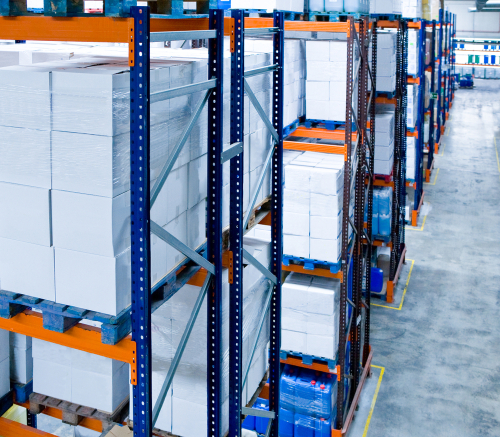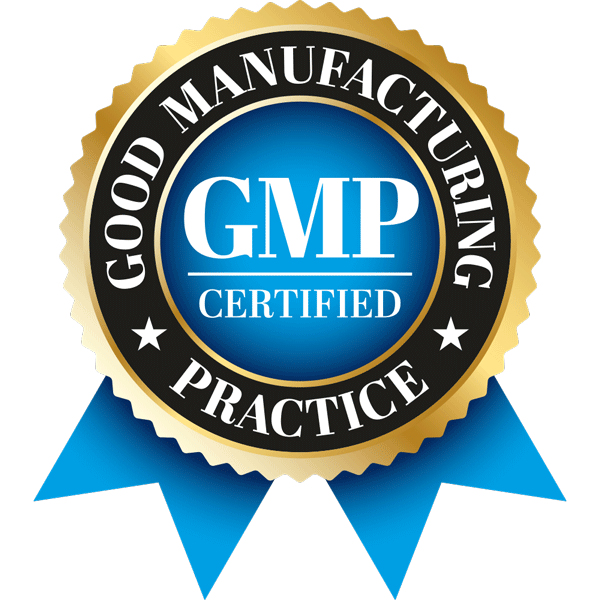
Why Temperature Mapping Validation Is Critical for Distributors
For distributors handling temperature-sensitive products in regulated industries—such as pharmaceuticals, biologics, food, and cosmetics—maintaining precise storage conditions is a requirement. Temperature fluctuations could potentially jeopardize product quality, efficacy, and safety, which could lead to financial losses, regulatory penalties, and reputational damage.
Temperature mapping is an important element of facility qualification and plays a critical role in ensuring compliance with current Good Manufacturing Practice (cGMP) regulations. By identifying temperature variations within warehouses, temperature mapping helps distributors open opportunities for storing temperature sensitive products by identifying potential hot spots and cold spots, maintaining a uniform temperature distribution and determining the best storage locations.
In this article, we’ll explain temperature mapping and then share why it’s essential for distributors wanting to do business with industries subject to FDA oversight.
What Is Temperature Mapping?
Temperature mapping is the process of validating a storage environment and providing data that it maintains consistent and compliant temperature and humidity levels. By placing sensors or data loggers throughout the space, distributors can identify hot spots, cold spots, or areas with significant temperature variation.
As mentioned above, temperature mapping is a part of facility qualification and follows the IQ, OQ, PQ framework. It’s often included in the Operational Qualification (OQ) and Performance Qualification (PQ) phases of the validation process.
The data collected through temperature mapping allows distributors to:
- Assess environmental uniformity
- Identify and address temperature inconsistencies
- Develop protocols for ongoing monitoring and corrective action
- Confirm that the space meets regulatory standards during loaded conditions
Why Temperature Mapping Is Important for Distributors
1. Ensuring Product Quality and Safety
Temperature-sensitive products such as vaccines, insulin, blood and blood products, pharmaceuticals, and some foods and beverages must remain within a specific temperature range to maintain their quality and integrity. Deviations from the specified range—even for short periods—can lead to:
- Loss of potency
- Chemical instability or physical or material changes
- Reduced shelf life
- Compromised sterility
- Contamination risks like mold growth
- Protein denaturation which leads to loss of effectiveness
- Loss of immunogenicity
- Nutrient degradation
- Spoilage and rancidity
- Electronic malfunctions in medical devices
By conducting temperature mapping, distributors demonstrate that storage environments can preserve product safety, efficacy and quality.
2. Regulatory Compliance
Distributors are required to comply with strict regulatory standards, including those set by:
- The U.S. Food and Drug Administration (FDA)
- The World Health Organization (WHO)
- European Medicines Agency (EMA)
- Good Distribution Practices (GDP)
Temperature mapping provides the objective evidence that a facility maintains the required environmental conditions required during audits and inspections. It demonstrates compliance with GDP and GMP requirements; inspectors will review mapping protocols, results, corrective actions, and data integrity to confirm compliance. For example, if mapping data showed cold spots near warehouse doors, auditors may check if revised storage layouts or additional monitoring controls were implemented.
3. Minimizing Financial Loss
Improper temperature control can result in significant financial losses due to:
- Degraded, compromised, adulterated, ineffective, unstable, spoiled or unusable inventory
- Rejected shipments
- Regulatory fines and legal liabilities
Temperature mapping identifies potential risks—such as uneven cooling in a warehouse or faulty refrigeration equipment—allowing distributors to proactively address issues and avoid costly disruptions.
4. Building Customer Trust and Expanding Business Opportunities
In today’s competitive market, customers, whether business partners or end users, need assurance that their products are handled with care. Distributors who routinely perform temperature mapping gain a reputation for reliability and quality, which can lead to:
- Stronger partnerships with manufacturers and suppliers
- Access to high-value, regulated markets like pharmaceuticals and biologics
- Differentiation from competitors who lack robust compliance measures
- Business relationships that are built on the foundation of quality
5. Identifying and Addressing Environmental Risks
Temperature mapping provides a comprehensive understanding of environmental conditions in storage facilities. It helps distributors:
- Identify hot spots, cold spots, and areas prone to temperature deviation.
- Validate equipment performance such as HVAC systems.
- Develop effective risk mitigation strategies, such as additional insulation, improved airflow, or better equipment placement.
Conclusion
For distributors, temperature mapping is a critical tool for ensuring product quality, minimizing risks, and building trust with customers and partners. A well-documented temperature mapping study shows proactive quality control and regulatory readiness so distributors can safeguard their reputation and remain competitive in a regulated market.
If you’re ready to validate your storage systems, cGMP Consulting is here to help. Contact us today to learn more about our service and how we can support your compliance efforts!



